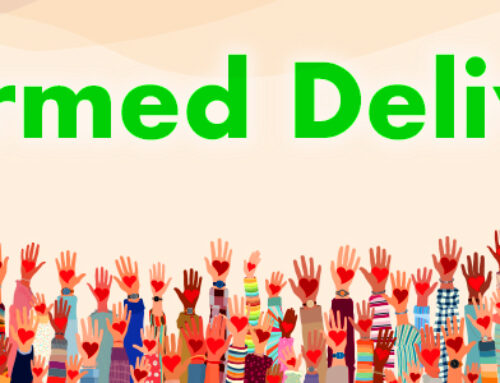It seems like everyone is talking about content marketing these days. And when you visit different agency websites, they tend to talk about content marketing differently, which can make it seem confusing. Logically, based on the title, “content marketing” sounds like a combination of content (copy, images, video) and a communication format (blog, newsletter, brochure, etc.)
That explains it, right? Easy.
Well, yes and no. The difference between “any old content” and “content marketing” is that content marketing has a specific goal: to offer your customers valuable, relevant content that doesn’t overtly sell your product. In fact, the content might not even mention your product at all.
What???
To understand how content marketing can help drive profits for your company, let’s look back to the early 1900’s, at the Michelin brothers. Andre and Edouard made and sold tires, and they had one simple business objective: for people to buy more tires. The problem was, Parisians didn’t want to drive out to the provinces. They were perfectly happy staying in the city.
To tackle this problem, the Michelin brothers turned to content marketing. They created the Michelin Guide to rank restaurants around France. The guide also included hotels, gas station locations, and other traveling tips. It empowered Parisians to get out on the road and explore.
Within ten years, the Michelin Guide had expanded to fourteen countries complete with citizens who required tires! Because the Michelin brothers thought outside the box—going beyond pitching tires and choosing to offer their customers valuable and relevant information—they ended up selling a lot more tires, probably more than they ever dreamed.
How do I know what content is valuable to my customers?
Like the Michelins, you probably have an innate idea of what kind of content would appeal to your customers. The Michelin Guide addressed some of the natural pain points of travelers—where to find gas, how to change a flat tire, and where to stay overnight if needed. The guide made venturing out of town easier. Folks didn’t have smart phones to figure everything out back in those days.
If you don’t have a clue where to begin with content, consider going to social media sites to “listen.” If you do marketing for a nonprofit, check out some nonprofit Facebook pages. If you’re in banking, check out Twitter. See what kind of conversations are going on, what people are excited about, or what problems they’re facing.
At the same time, consider your business goals. Your content strategy should align with those overall goals, which can be very simple, like the Michelin brother’s desire to sell more tires.
Just remember, your content should help people, and even entertain them, but content marketing is absolutely not a sales pitch.





